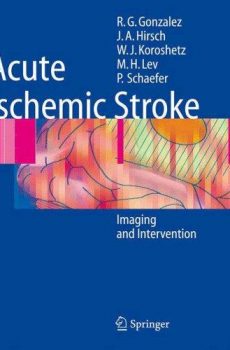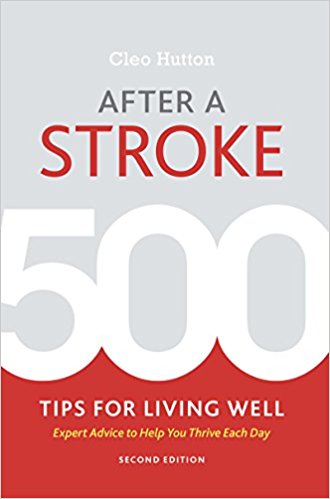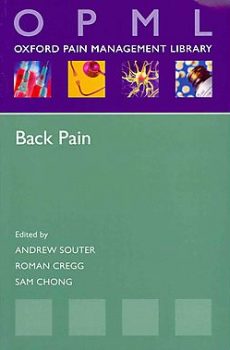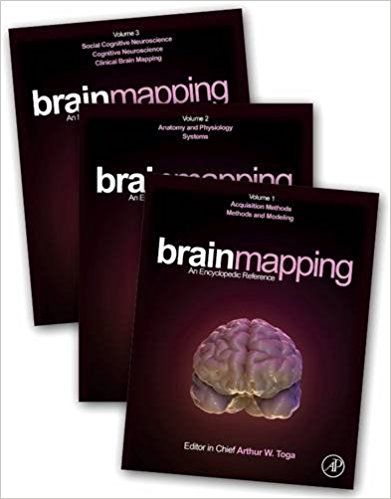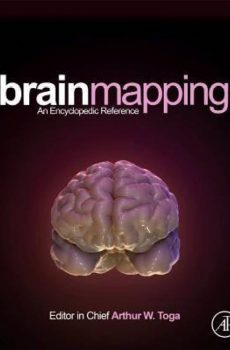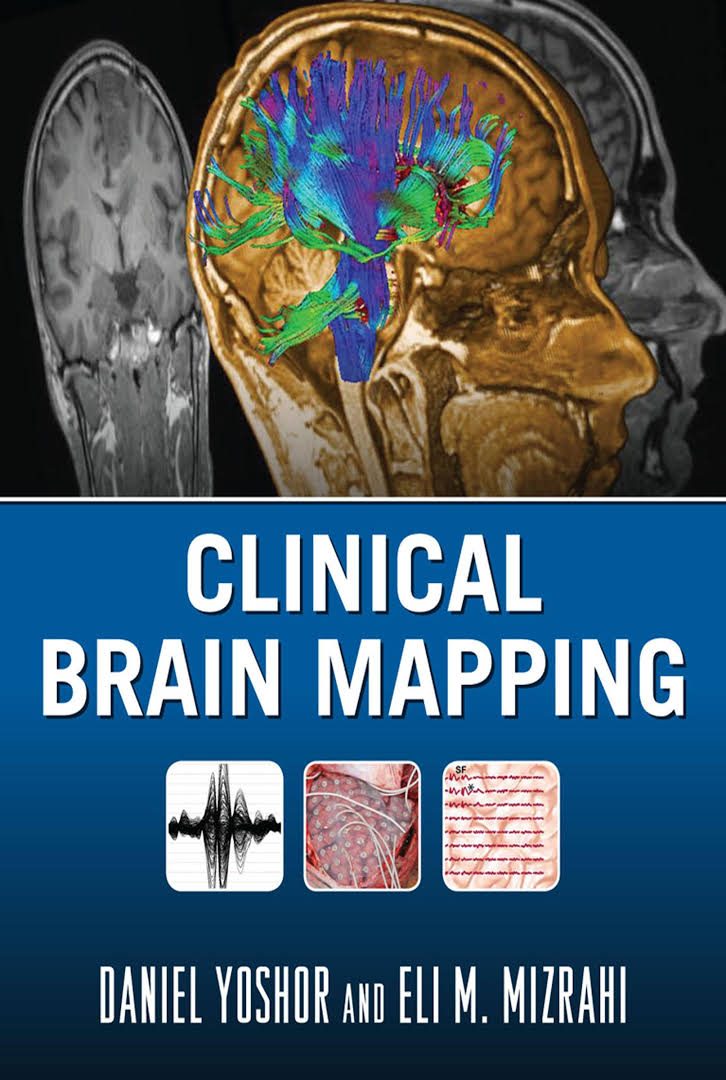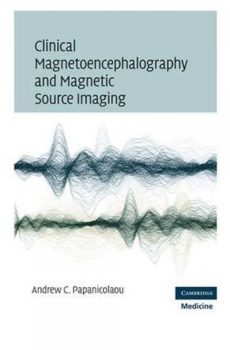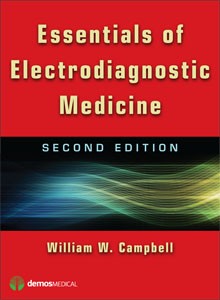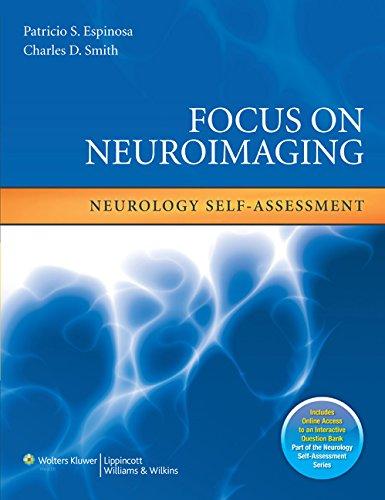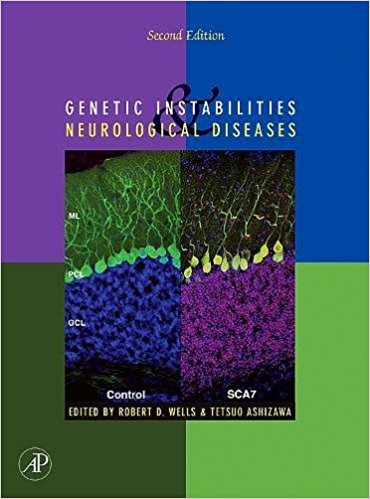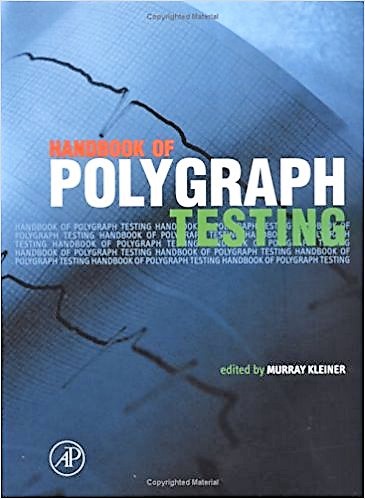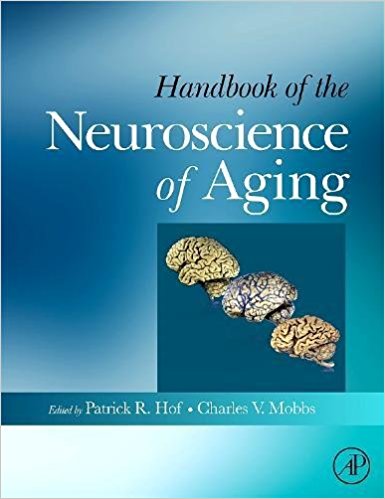A single volume of 85 articles, the Handbook of the Neurobiology of Aging is an authoritative selection of relevant chapters from the Encyclopedia of Neuroscience, the most comprehensive source of neuroscience information assembled to date (AP Oct 2008).
The study of neural aging is a central topic in neuroscience, neuropsychology and gerontology. Some well-known age-related neurological diseases include Parkinson’s and Alzheimer’s, but even more common are problems of aging which are not due to disease but to more subtle impairments in neurobiological systems, including impairments in vision, memory loss, muscle weakening, and loss of reproductive functions, changes in body weight, and sleeplessness. As the average age of our society increases, diseases of aging become more common and conditions associated with aging need more attention by doctors and researchers.
This book offers an overview of topics related to neurobiological impairments which are related to the aging brain and nervous system. Coverage ranges from animal models to human imaging, fundamentals of age-related neural changes and pathological neurodegeneration, and offers an overview of structural and functional changes at the molecular, systems, and cognitive levels. Key pathologies such as memory disorders, Alzheimer’s, dementia, Down syndrome, Parkinson’s, and stroke are discussed, as are cutting edge interventions such as cell replacement therapy and deep brain stimulation. There is no other current single-volume reference with such a comprehensive coverage and depth.


